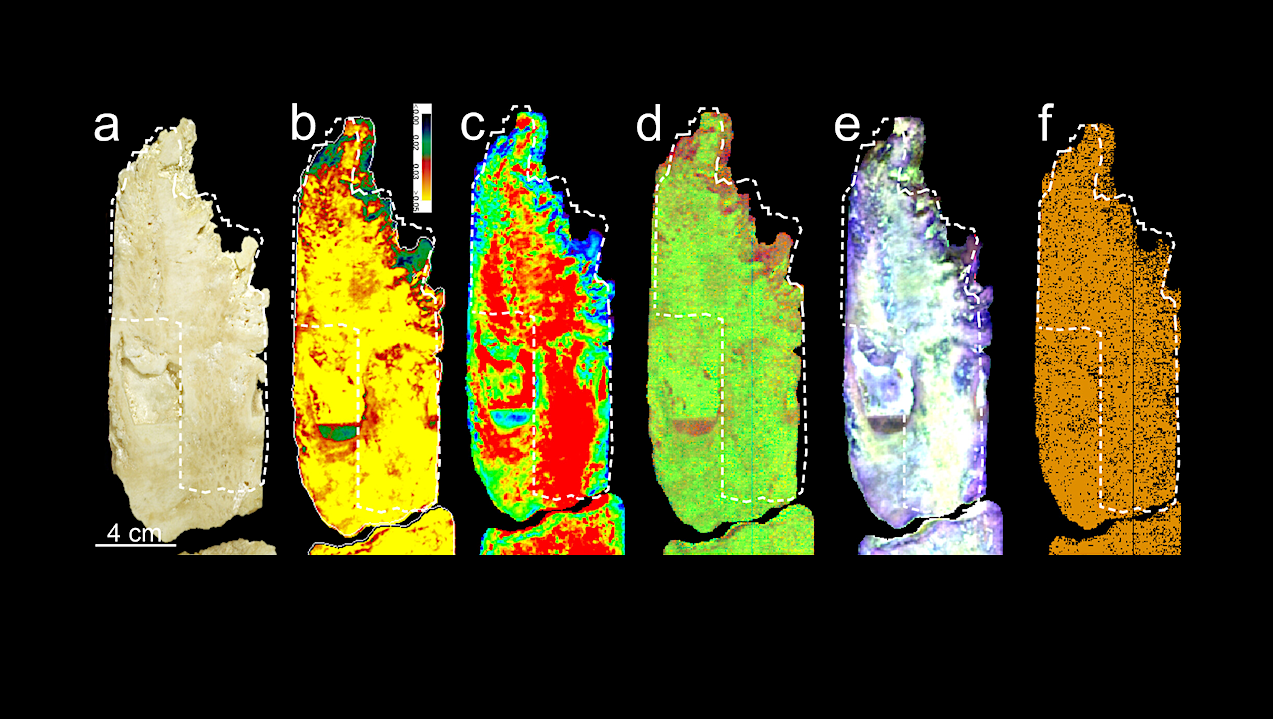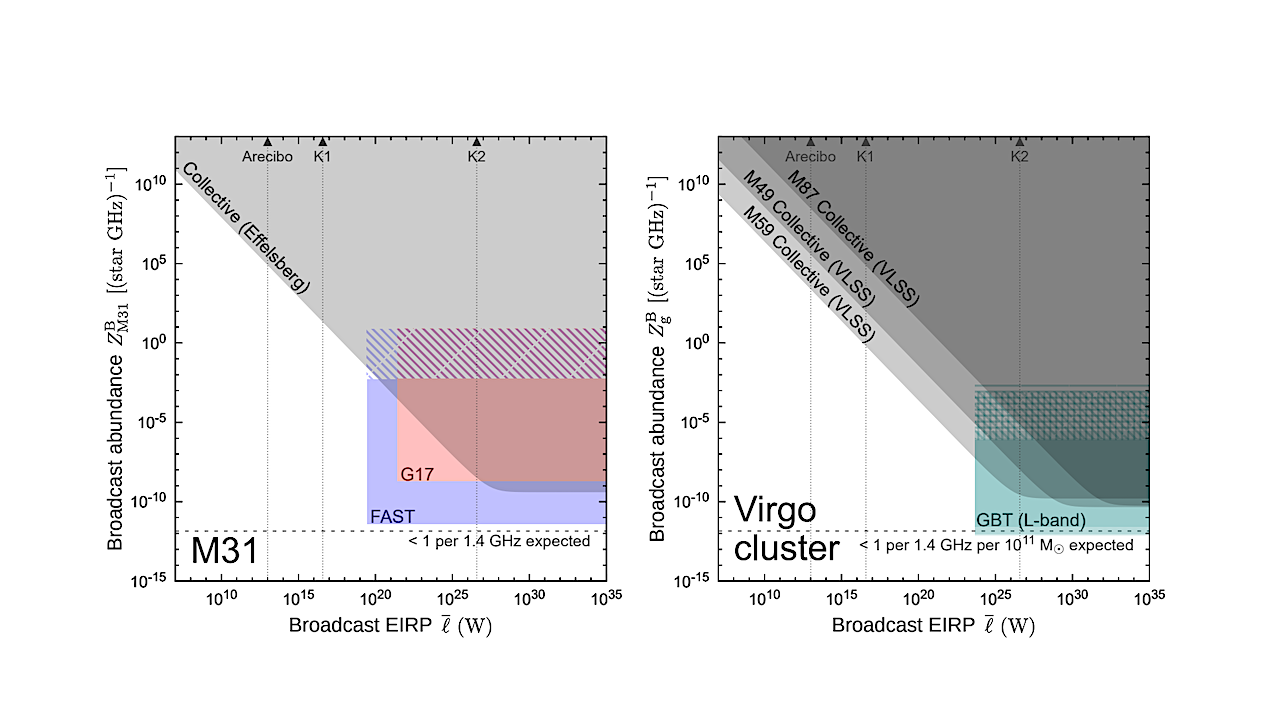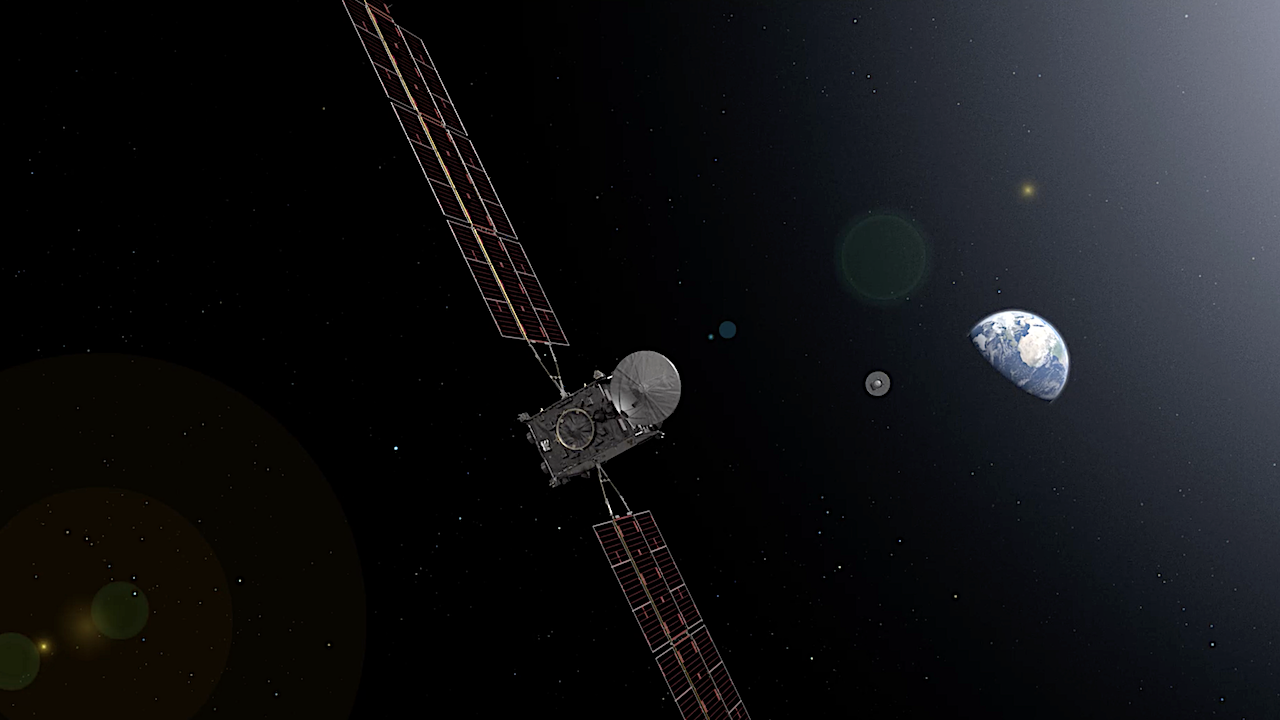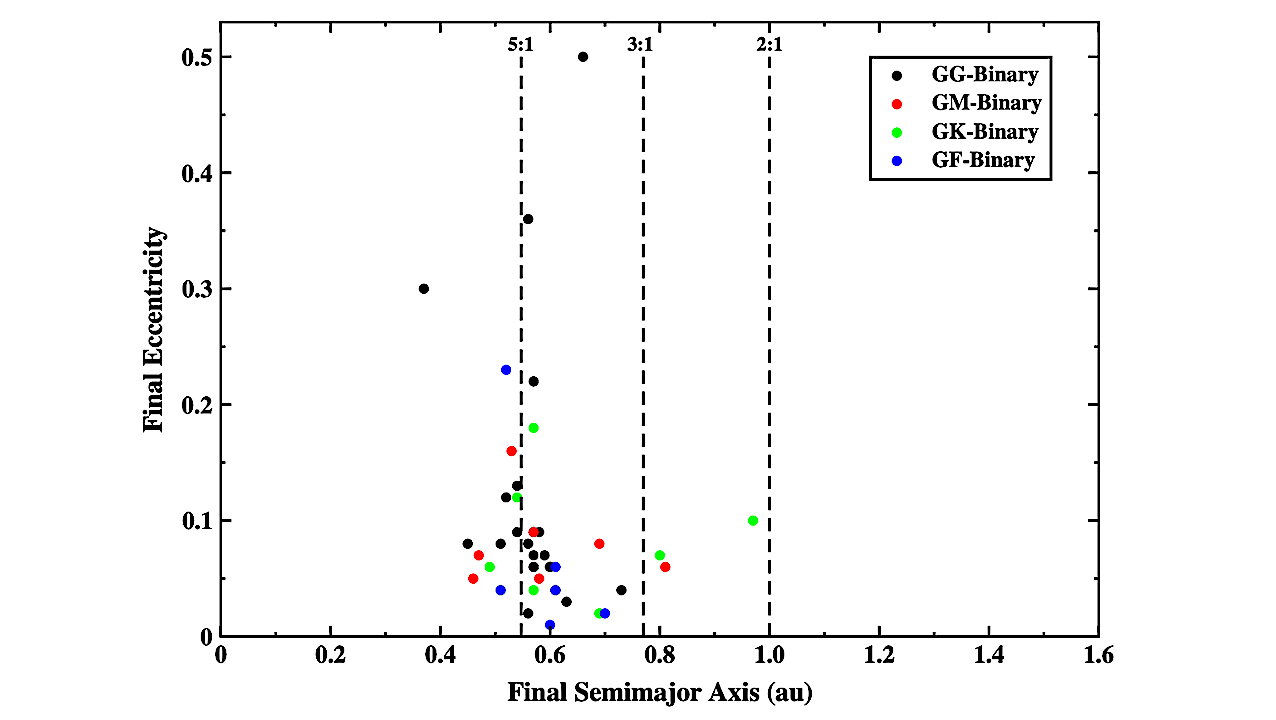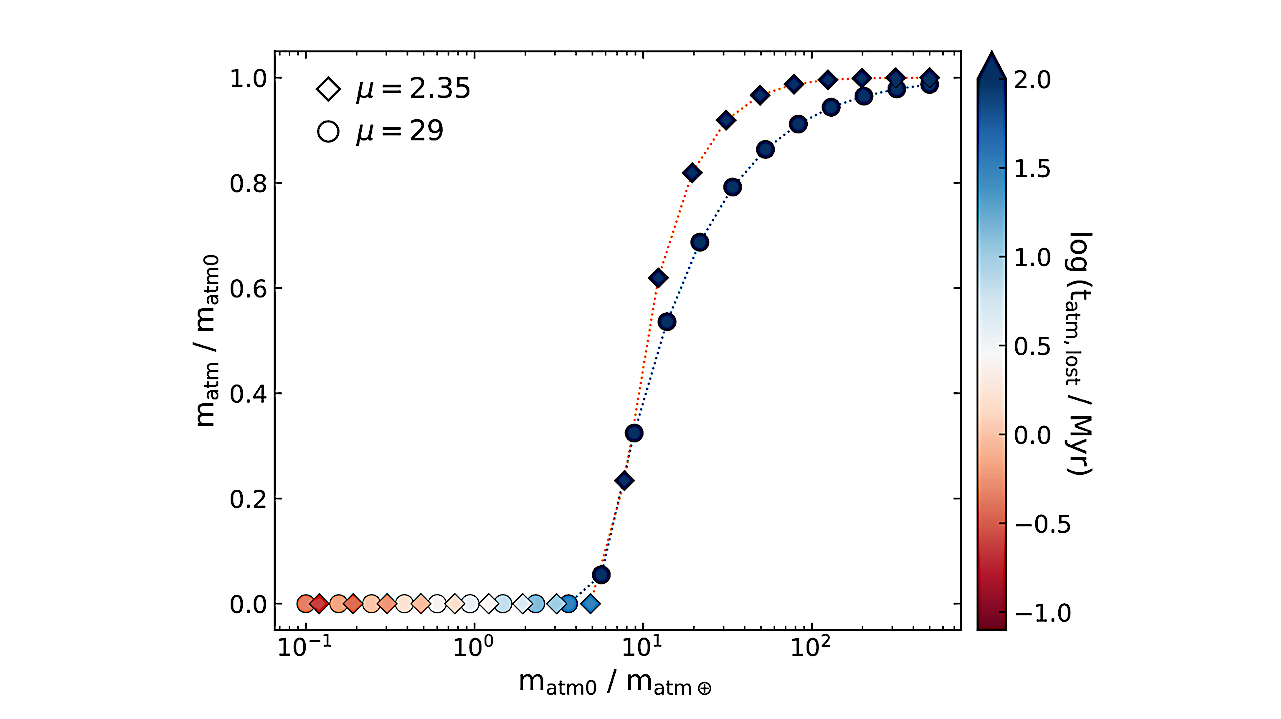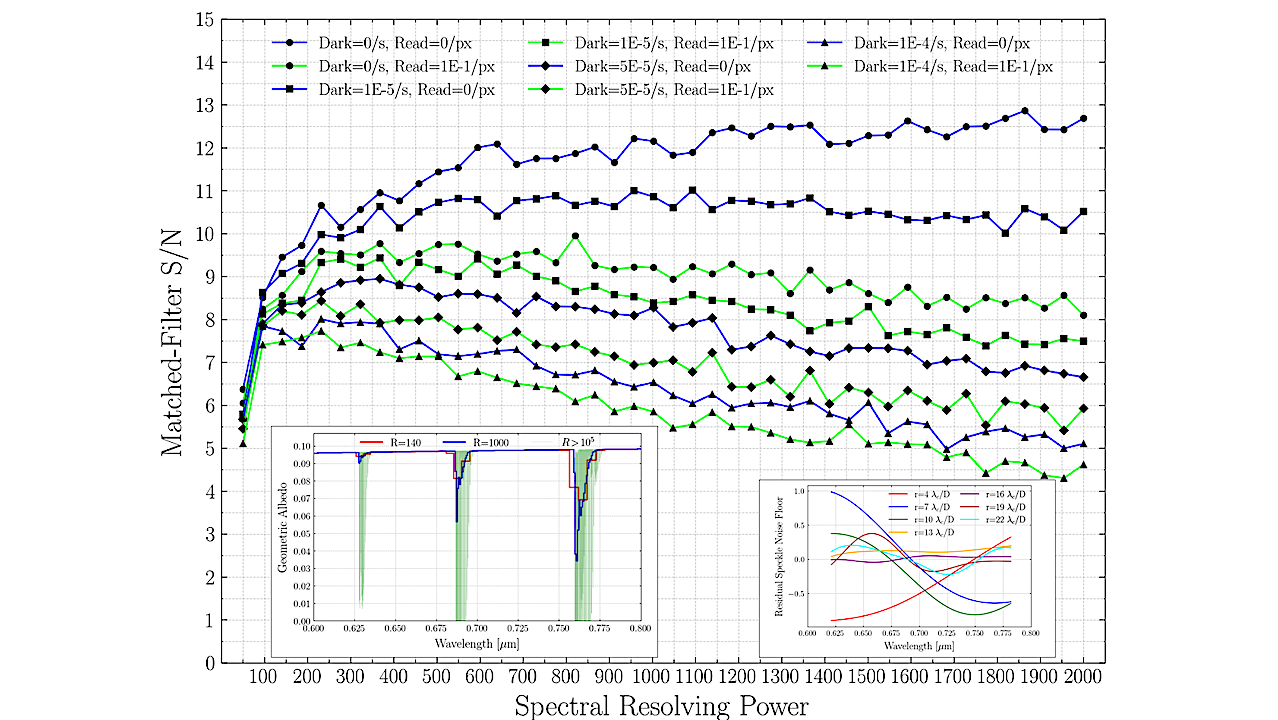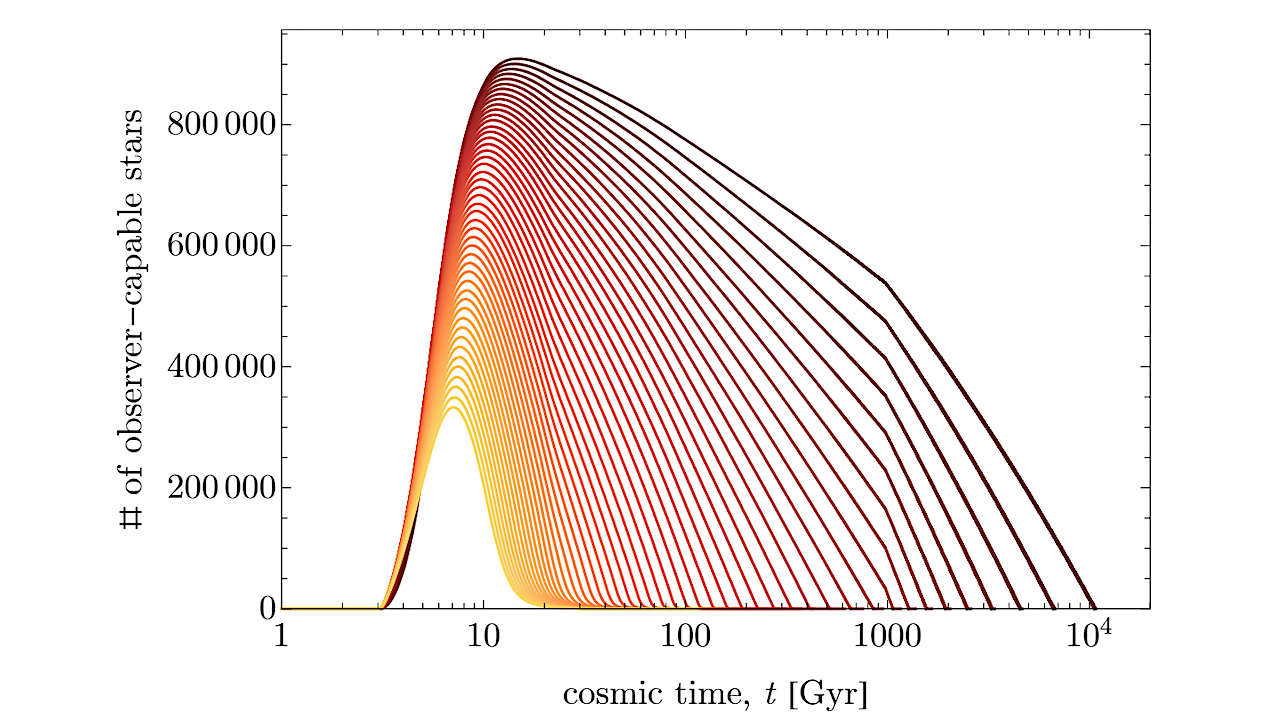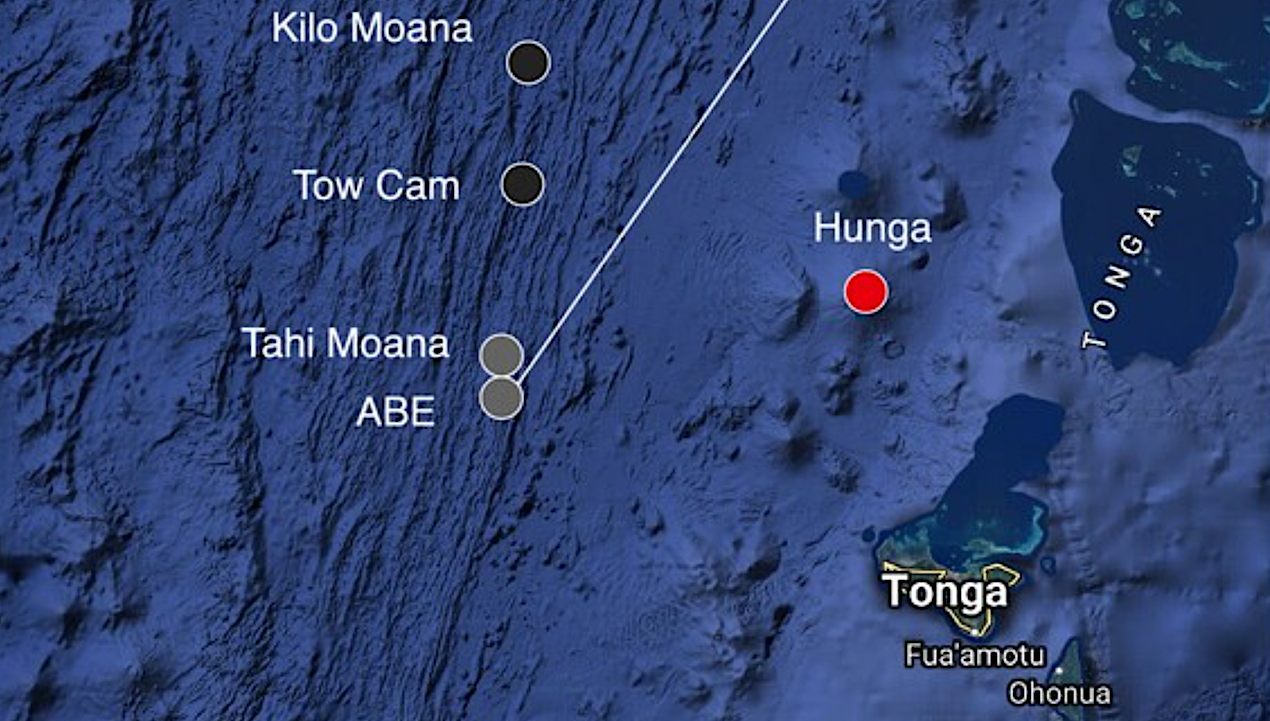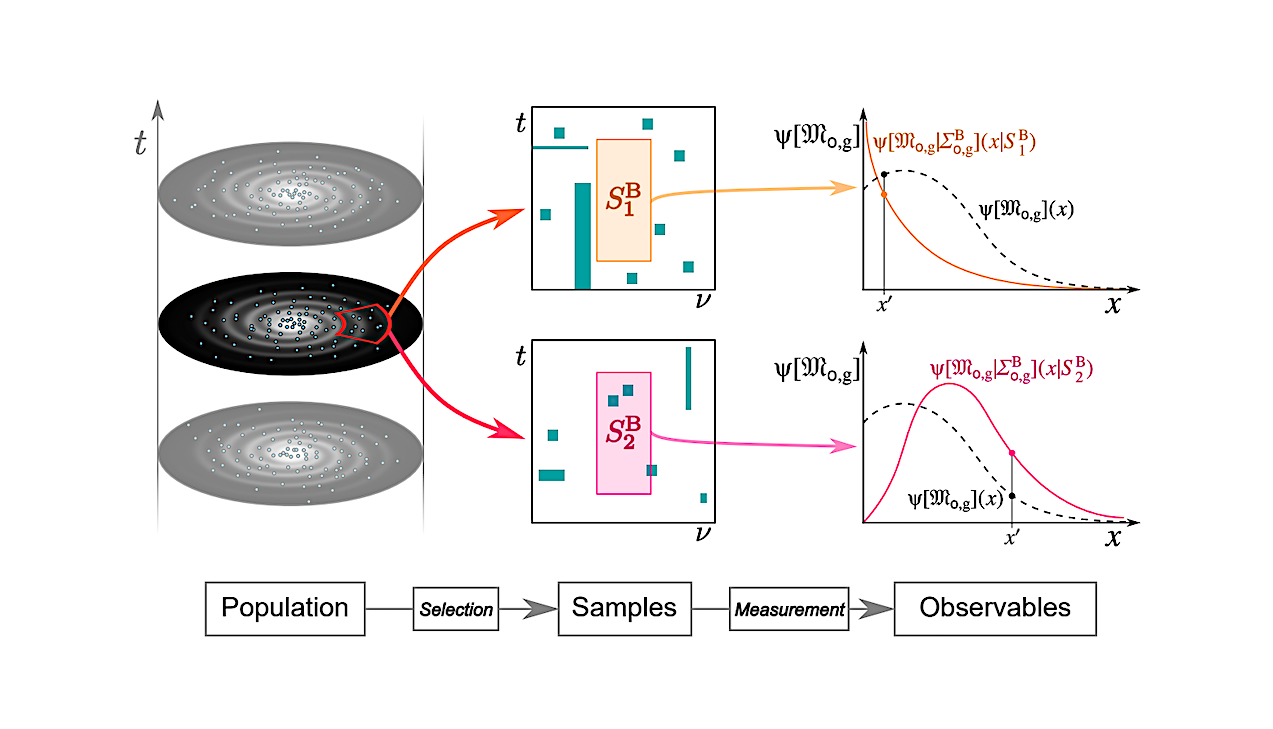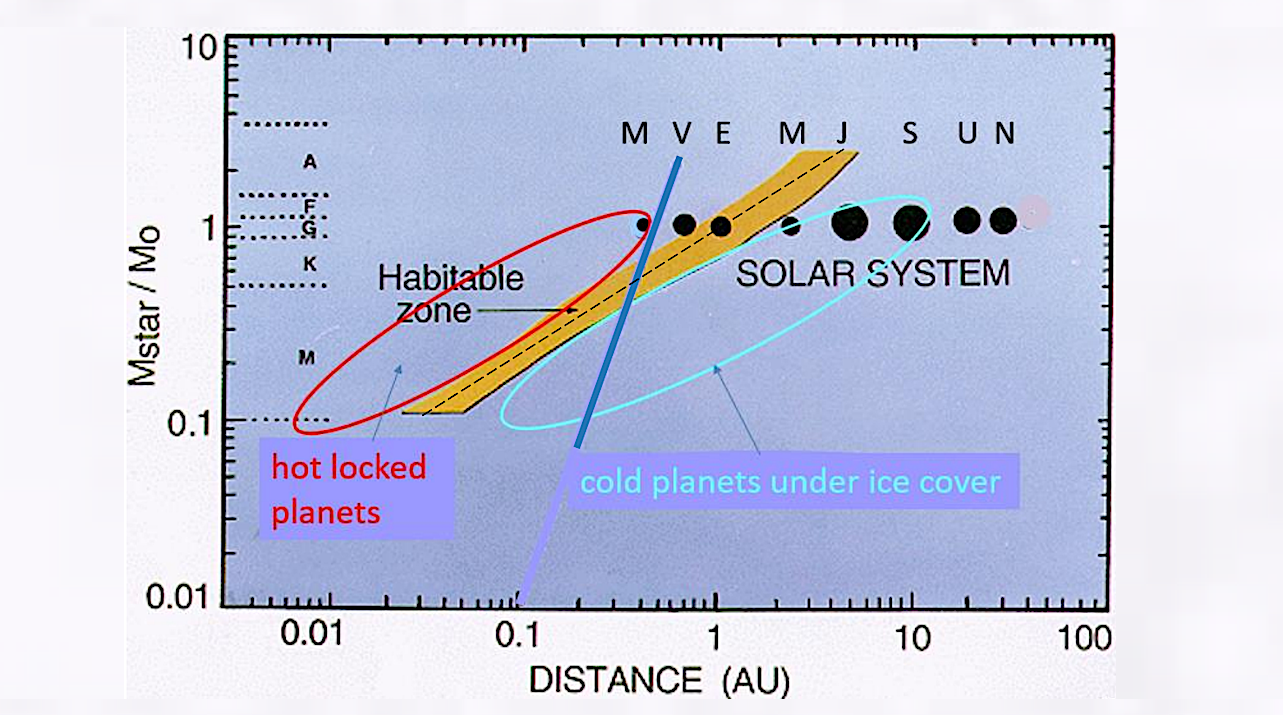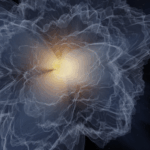Hyperspectral maps of RR5-70-1. (a) Photograph of the RR5-70-1 original core. Dotted white outline shows cut sample region used for neutron computed tomographic scan (i.e., Figure 8a). (b) Hyperspectral image
Astrobiology50- Page
Current and forthcoming constraints on radio line broadcasts in M31 (left) and three example Virgo cluster ellipticals (right), assuming that all broadcasts in each galaxy have the same EIRP ℓ.
The Earth Return Orbiter (ERO) is one of the flight missions making up the Mars Sample Return campaign to bring martian rock, soil and atmospheric samples back to Earth. The
Graph of the semimajor axis and eccentricity of the final terrestrial planets in the simulations of Table 1. Note that the majority of the planets formed or reached their final
Re-accretion of Giant Impact Ejecta Can Drive Significant Atmospheric Erosion on Terrestrial Planets
Fraction of atmosphere retained 1 Gyr after a hypothetical Moonforming impact with 𝑓esc = 0.01 and 𝐷max = 100 km, as a function of the initial atmospheric mass (𝑚atm0). Filled
In the large graph, simulated matched-filter S/N over 1000 hours as a function of R, dark current, and read noise, for a modern exo-Earth orbiting a Sun-like star as observed
Number of stars capable of hosting observers (amongst a sample of 106) as a function of time. The darkest track assumes that all stars are equally capable of hosting life
Geographic map of vent field locations Map data 2025 Google. — Molecular Ecology Genetic bottlenecks are evolutionary events that reduce the effective size and diversity of natural populations, often limiting
ETI broadcasts of a galaxy over its history form a population described by distributions (left). Surveys, and observations within the surveys, select subsets of the positions, times, and frequencies (and
Extensions to the HZ (the orange stripe) as a function of distance between the planet and its host star (horizontal axis), and the mass of the Main Sequence host (vertical
-
 012024 in Review: Highlights from NASA in Silicon Valley
012024 in Review: Highlights from NASA in Silicon Valley -
 02Panasonic Leica Summilux DG 15mm f/1.7 ASPH review
02Panasonic Leica Summilux DG 15mm f/1.7 ASPH review -
 03From Polymerization-Enabled Folding and Assembly to Chemical Evolution: Key Processes for Emergence of Functional Polymers in the Origin of Life
03From Polymerization-Enabled Folding and Assembly to Chemical Evolution: Key Processes for Emergence of Functional Polymers in the Origin of Life -
 04How New NASA, India Earth Satellite NISAR Will See Earth
04How New NASA, India Earth Satellite NISAR Will See Earth -
 05And Thus Begins A New Year For Life On Earth
05And Thus Begins A New Year For Life On Earth -
 06Astronomy Activation Ambassadors: A New Era
06Astronomy Activation Ambassadors: A New Era -
07SpaceX launch surge helps set new global launch record in 2024


